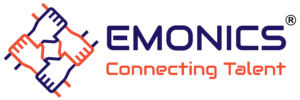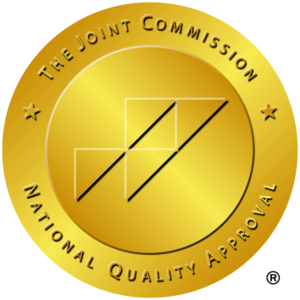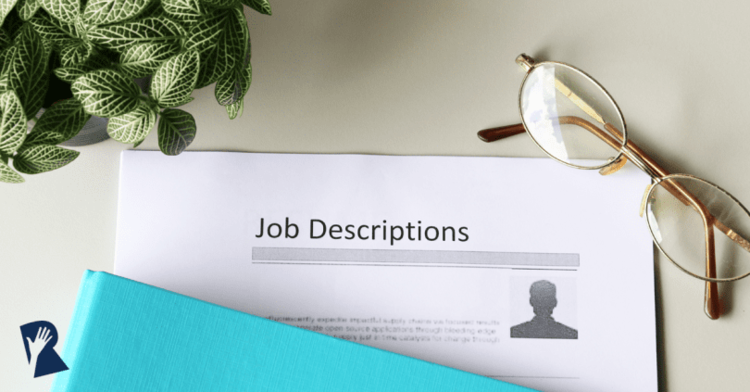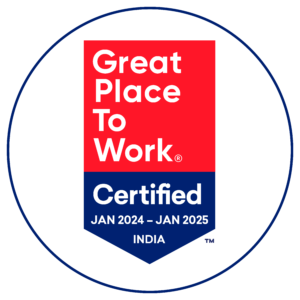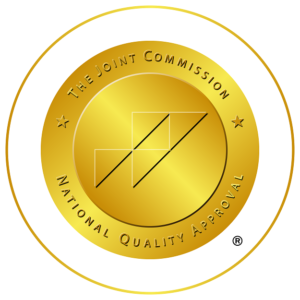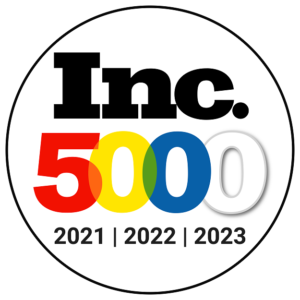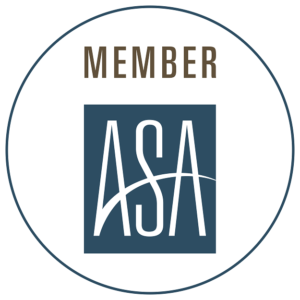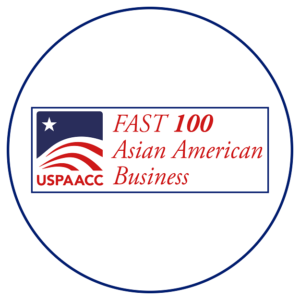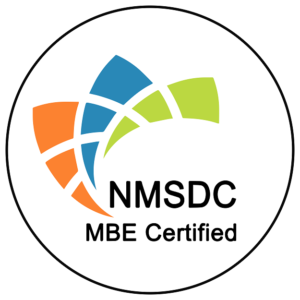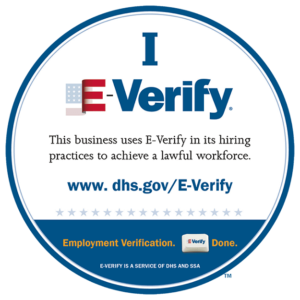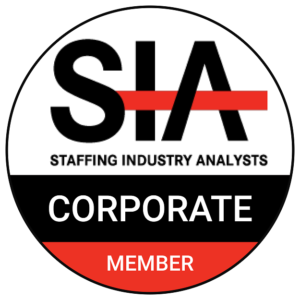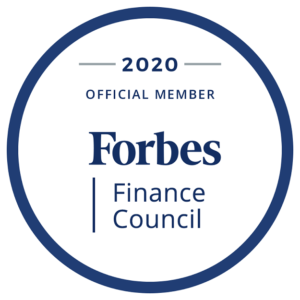How long has it been since you read a job description? If you’re looking for work right now, your first response might be something like last night or just a few minutes ago. But think about it: when was the last time you really read a job posting, absorbing every word and reflecting on the content? It’s possible that your response will be different.
A job description, also known as a job posting or job listing, is the information that a company posts on LinkedIn, its own website, or any other job board regarding an open position. It contains information about the position and the organization, as well as what the employer is looking for in a new recruit and how to apply. Here’s how to put what you’ve learned into practice after you’ve thoroughly read any specific job description.
1. Make a decision on whether or not you’ll submit an application
In addition to your initial gut check when reading a job description for the first time, you should double-check that a position still makes sense for you after digging deeper. We don’t want to devote that energy unless it’s for a position we truly want and are a good fit for, top recruiting company.
You should apply if you believe you can do the job based on your abilities and experience. Even though applicants who don’t satisfy all of the standards will be evaluated for practically every job, research shows that most people, particularly women, skip applications because they don’t check all of the boxes.
2. Personalize the Materials for Your Application
Consider which of the job description’s themes, skills, experiences, traits, and keywords apply to you. Include these in your resume, cover letter, and any other application materials to show why you’re the best candidate for the job. Applicants must take the initiative and connect the dots for the hiring manager.
3. Prepare for Your Interview
The job description is still important after you’ve been invited for an interview. So preserve every job posting you apply for in a manner you’ll be able to access again—even if the employer removes it. You can, for example, take a screenshot of it, save it as a pdf, or copy and paste the text into another document.
Look back through the job posting as you prepare for your interview to get a feel of what’s most important to the job and company—in other words, what interviewers are most likely to inquire about or look for in your replies. In your responses to common interview questions, be sure to emphasize your most relevant qualities and qualifications. This could include talents and experiences, but it could also include why you want to work for a firm or how you represent their values well.
Conclusion
No matter what position you’re going for, come prepared with multiple tales that show not only why you’d be a good fit for the job, but also how you’d contribute to the organization and team if hired.
How long has it been since you read a job description? If you’re looking for work right now, your first response might be something like last night or just a few minutes ago. But think about it: when was the last time you really read a job posting, absorbing every word and reflecting on the content? It’s possible that your response will be different.
Top recruiting company, A job description, also known as a job posting or job listing, is the information that a company posts on LinkedIn, its own website, or any other job board regarding an open position. It contains information about the position and the organization, as well as what the employer is looking for in a new recruit and how to apply. Here’s how to put what you’ve learned into practice after you’ve thoroughly read any specific job description.
1. Make a decision on whether or not you’ll submit an application
In addition to your initial gut check when reading a job description for the first time, you should double-check that a position still makes sense for you after digging deeper. We don’t want to devote that energy unless it’s for a position we truly want and are a good fit for.
You should apply if you believe you can do the job based on your abilities and experience. Even though applicants who don’t satisfy all of the standards will be evaluated for practically every job, research shows that most people, particularly women, skip applications because they don’t check all of the boxes.
2. Personalize the Materials for Your Application
Consider which of the job description’s themes, skills, experiences, traits, and keywords apply to you. Include these in your resume, cover letter, and any other application materials to show why you’re the best candidate for the job. Applicants must take the initiative and connect the dots for the hiring manager.
3. Prepare for Your Interview
The job description is still important after you’ve been invited for an interview. So preserve every job posting you apply for in a manner you’ll be able to access again—even if the employer removes it. You can, for example, take a screenshot of it, save it as a pdf, or copy and paste the text into another document.
Look back through the job posting as you prepare for your interview to get a feel of what’s most important to the job and company—in other words, what interviewers are most likely to inquire about or look for in your replies. In your responses to common interview questions, be sure to emphasize your most relevant qualities and qualifications. This could include talents and experiences, but it could also include why you want to work for a firm or how you represent their values well.
Conclusion
No matter what position you’re going for, come prepared with multiple tales that show not only why you’d be a good fit for the job, but also how you’d contribute to the organization and team if hired, top recruiting company.
You’re looking for a career, so how can you identify the finest recruitment firm to assist you? You could start by contacting the well-known “top recruiting company.” They have established themselves as leaders in discovering the ideal matches for both job seekers and corporations thanks to their wide network of employers and years of expertise in the field.
